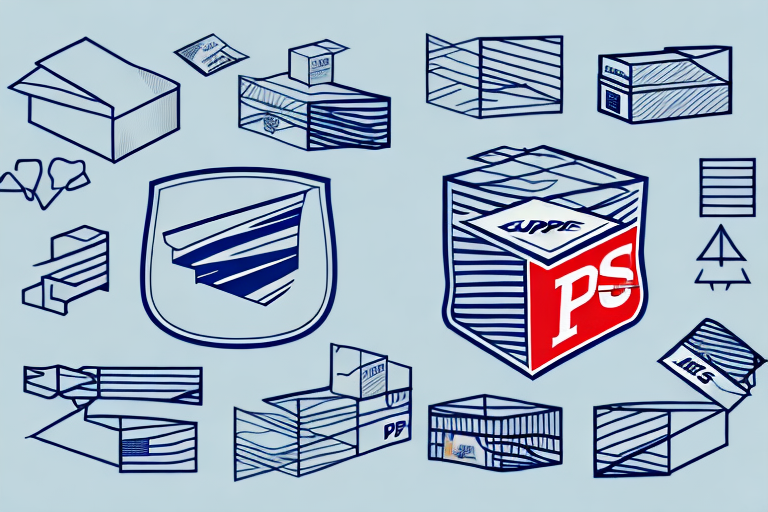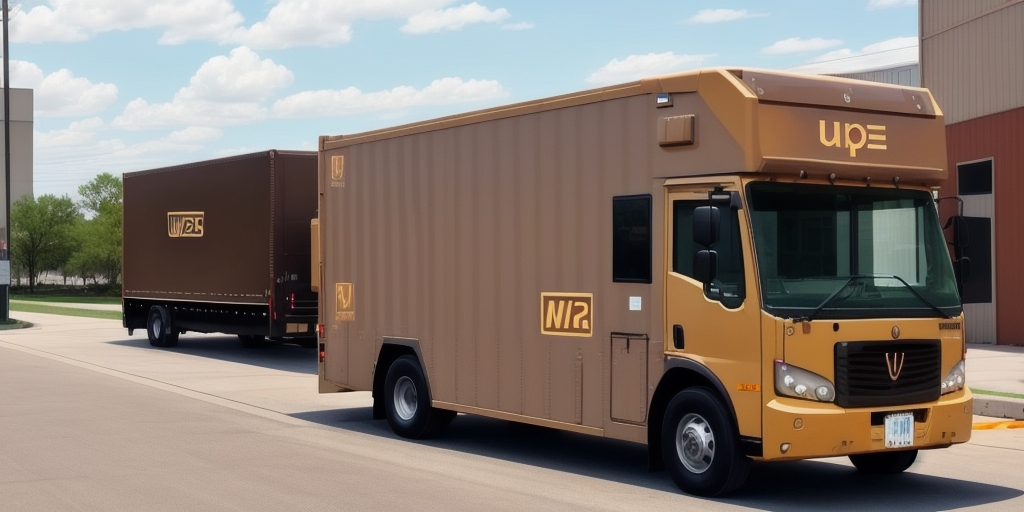Understanding Flat Freight Shipping
Flat freight shipping is a logistics solution that charges a fixed rate for shipping based on the weight and size of the shipment, rather than distance traveled or the individual weight of each package. This pricing model remains consistent regardless of how far the shipment needs to go, offering predictability and potential savings for businesses.
What is Flat Freight Shipping?
Flat freight shipping simplifies the cost structure by providing a single rate for shipments that fall within predefined weight and size categories. This approach contrasts with traditional shipping methods that often involve variable pricing based on distance, weight, and additional surcharges.
How Flat Freight Shipping Works
Flat freight shipping leverages a combination of transportation modes, including trucking, rail, and ocean freight, to optimize routes and maximize efficiency. Shipments are consolidated at central hubs and then distributed using cost-effective pathways that ensure a higher volume of packages per vehicle, reducing overall transportation costs.
The Benefits of Flat Freight Shipping
Adopting flat freight shipping can offer numerous advantages to businesses of all sizes. These benefits not only enhance cost-efficiency but also improve operational predictability and environmental sustainability.
Cost Savings
One of the primary benefits of flat freight shipping is the potential for significant cost reductions. By consolidating shipments and leveraging bulk pricing, businesses can lower their transportation expenses. According to the American Shipping Association, businesses can save up to 20% on shipping costs by switching to flat freight models.
Predictability of Costs
With a flat rate, businesses can accurately forecast their shipping expenses without worrying about fluctuating rates due to distance or weight variations. This predictability aids in better budget management and financial planning.
Environmental Benefits
Flat freight shipping promotes sustainability by reducing the number of trips required to transport goods. Fewer trips mean lower carbon emissions and decreased traffic congestion. Studies from the Environmental Protection Agency highlight the positive environmental impact of optimized shipping routes.
Is Flat Freight Shipping Right for Your Business?
Before transitioning to flat freight shipping, it's essential to evaluate whether this model aligns with your business's specific shipping needs and operational dynamics.
Factors to Consider
- Shipment Volume: Businesses that ship large volumes frequently are more likely to benefit from flat freight shipping.
- Shipment Size and Weight: Consistent shipment sizes and weights can maximize the cost-effectiveness of flat rates.
- Geographical Reach: If your shipments cover extensive distances regularly, flat freight shipping can offer uniform pricing benefits.
Ideal Business Profiles
Flat freight shipping is particularly advantageous for e-commerce businesses, manufacturers, and wholesalers who handle substantial and regular shipments. These businesses can leverage bulk shipping rates and streamline their logistics operations effectively.
Choosing the Right Flat Freight Shipping Provider
Selecting a reliable flat freight shipping provider is crucial to maximizing the benefits of this shipping model. Several key factors should guide your selection process.
Key Considerations
- Pricing: Ensure the provider offers competitive flat rates that align with your shipping volume and frequency.
- Reliability: Research the provider’s track record for on-time deliveries and handling shipments without damage.
- Customer Service: Effective and responsive customer support is essential for resolving any shipping issues promptly.
Evaluating Providers
Obtain quotes from multiple providers to compare rates and services. Additionally, read customer reviews and seek testimonials to assess the provider’s reliability and service quality. Websites like TrustRadius offer comprehensive reviews of shipping companies.
Maximizing Savings with Flat Freight Shipping
To fully capitalize on the cost-saving potential of flat freight shipping, businesses can implement several strategies that enhance efficiency and reduce expenses.
Volume Discounts
Many shipping providers offer discounts based on the volume of goods shipped. By increasing your shipment volume, you can negotiate lower flat rates, further reducing your overall shipping costs.
Bundling Options
Bundling multiple smaller shipments into a single larger shipment can result in lower per-package rates. This consolidation minimizes handling and transportation costs, making shipping more economical.
Negotiation Strategies
When negotiating with shipping providers, emphasize your long-term shipping needs and potential for volume growth. Demonstrating a commitment to a sustained shipping relationship can provide leverage for securing better rates.
Best Practices for Flat Freight Shipping
Implementing best practices ensures that your flat freight shipping operations run smoothly and efficiently, minimizing risks and maximizing benefits.
Packaging and Preparation
Proper packaging is essential to protect goods during transit. Use sturdy materials and secure packaging methods to prevent damage. Additionally, ensure that all shipments are accurately labeled with relevant information such as weight, dimensions, and destination address.
Tracking and Monitoring
Utilize tracking tools provided by your shipping provider to monitor the status of your shipments in real-time. Tools like FedEx Tracking or UPS Tracking can help you stay informed about your shipment’s progress and promptly address any issues that arise.
Leveraging Technology
Invest in shipping management software that integrates with your flat freight provider’s systems. This technology can automate billing, streamline order processing, and optimize shipping routes based on real-time data analytics.
Overcoming Challenges in Flat Freight Shipping
While flat freight shipping offers many benefits, businesses may encounter challenges that require proactive solutions.
Coordination and Communication
Effective coordination between your business and the shipping provider is crucial. Establish clear communication channels and designate a dedicated logistics team to manage shipping operations and address any issues swiftly.
Understanding Provider Requirements
Familiarize yourself with your provider’s packaging and handling guidelines to ensure compliance. Adhering to size, weight, and documentation requirements can prevent delays and additional charges.
Future of Flat Freight Shipping
The flat freight shipping industry is evolving with advancements in technology and a growing emphasis on sustainability. Staying informed about these trends can help businesses adapt and continue to benefit from cost-effective shipping solutions.
Emerging Trends
Technology integration, such as the use of artificial intelligence for route optimization and automation in shipping processes, is enhancing the efficiency of flat freight shipping. Additionally, the adoption of eco-friendly packaging materials is becoming more prevalent as businesses prioritize sustainability.
Sustainability Focus
There is an increasing push towards reducing the environmental impact of shipping operations. Businesses are encouraged to work with providers that implement green logistics practices, such as using electric vehicles and minimizing packaging waste.
Conclusion
Flat freight shipping presents a valuable opportunity for businesses to reduce their shipping costs through predictable pricing and operational efficiencies. By carefully selecting the right shipping provider, implementing best practices, and staying ahead of industry trends, businesses can maximize their savings and ensure smooth shipping operations.
As the shipping landscape continues to evolve, embracing flat freight shipping can help businesses remain competitive, sustainable, and financially efficient in their logistics endeavors.








